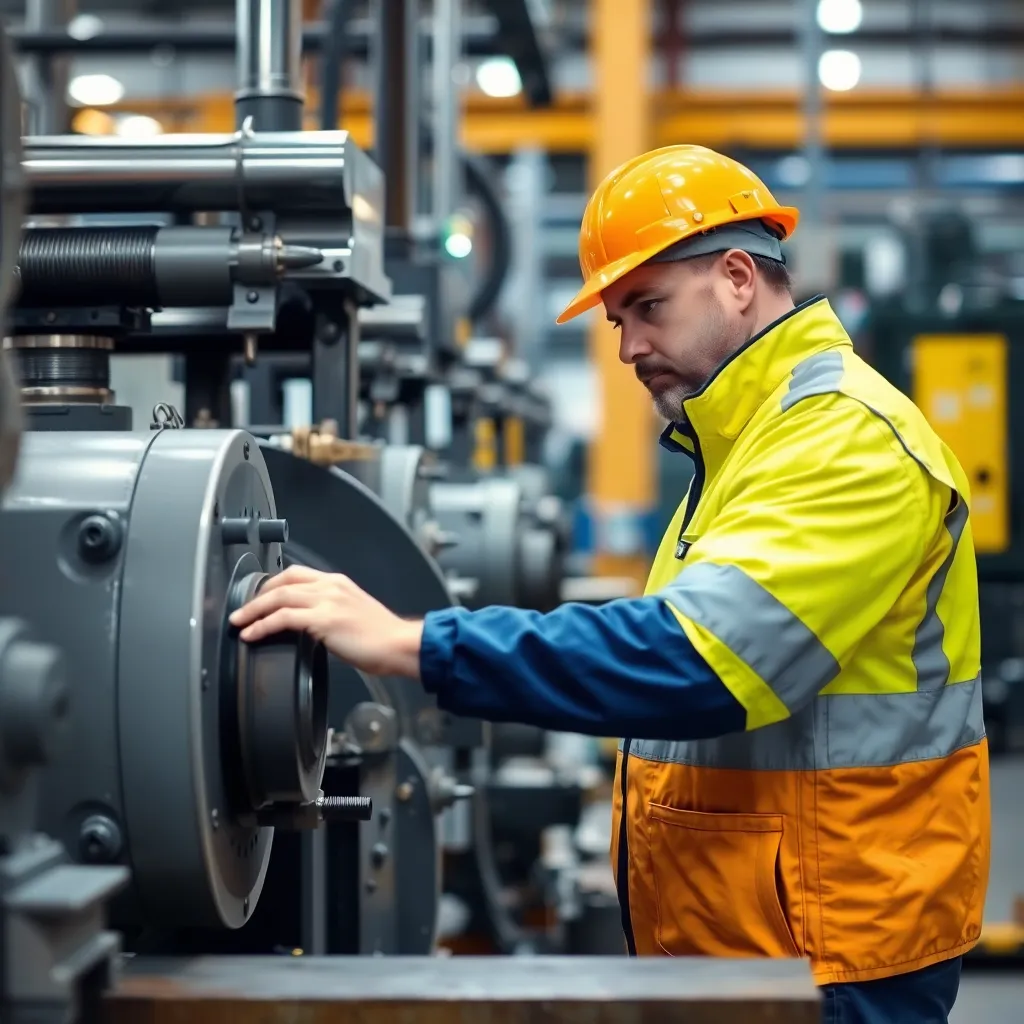Safety Consequences
Safety consequences refer to the potential negative impacts on worker safety and health resulting from equipment failures, operational incidents, or maintenance activities. Identifying and mitigating safety consequences are critical aspects of maintenance and operational planning, emphasizing the importance of safety protocols, reliable equipment, and preventive maintenance to protect personnel and comply with safety regulations.

Key Takeaways:
- Safety consequences can result in accidents, injuries, and financial losses.
- Predictive maintenance, condition monitoring, and preventative maintenance are essential strategies for mitigating risks.
- Safety consequences extend beyond physical injuries; they can also involve environmental and financial implications.
In the maintenance industry, Safety Consequences refer to the potential hazards and risks that can arise from improper maintenance practices or failures in equipment. These consequences can manifest as accidents, injuries, or even fatalities, emphasizing the critical importance of adhering to safety protocols. The implications of safety consequences extend beyond the immediate impact on workers and equipment; they can also lead to significant financial losses and reputational damage for organizations. Therefore, a comprehensive understanding of safety consequences is essential for ensuring a safe working environment and maintaining operational efficiency.
One of the key strategies to mitigate safety consequences is through predictive maintenance, which involves using data-driven analytics to anticipate equipment failures before they occur. This proactive approach is complemented by condition monitoring, which continuously assesses the state of machinery to identify potential issues in real time. Additionally, preventative maintenance plays a vital role in establishing regular maintenance schedules to prevent equipment failures and enhance safety protocols. Together, these methodologies create a robust framework that minimizes risks and ensures that maintenance practices are aligned with safety standards.
Common misconceptions about safety consequences include the belief that they only pertain to physical injuries. In reality, safety consequences can encompass a wide range of issues, including environmental impact and financial liabilities. For example, a lack of proper maintenance may lead to machinery breakdowns, resulting in production delays that can ripple through the supply chain. Highlighting these aspects helps reinforce the importance of integrating safety measures into maintenance practices.
Best Practices
To effectively address safety consequences, organizations should implement a culture of safety by providing regular training for employees, fostering open communication about potential hazards, and continuously evaluating maintenance protocols. Furthermore, integrating the latest technologies for predictive and condition monitoring can significantly enhance safety outcomes while optimizing maintenance processes. By prioritizing safety, organizations not only protect their workforce but also ensure long-term operational success.





